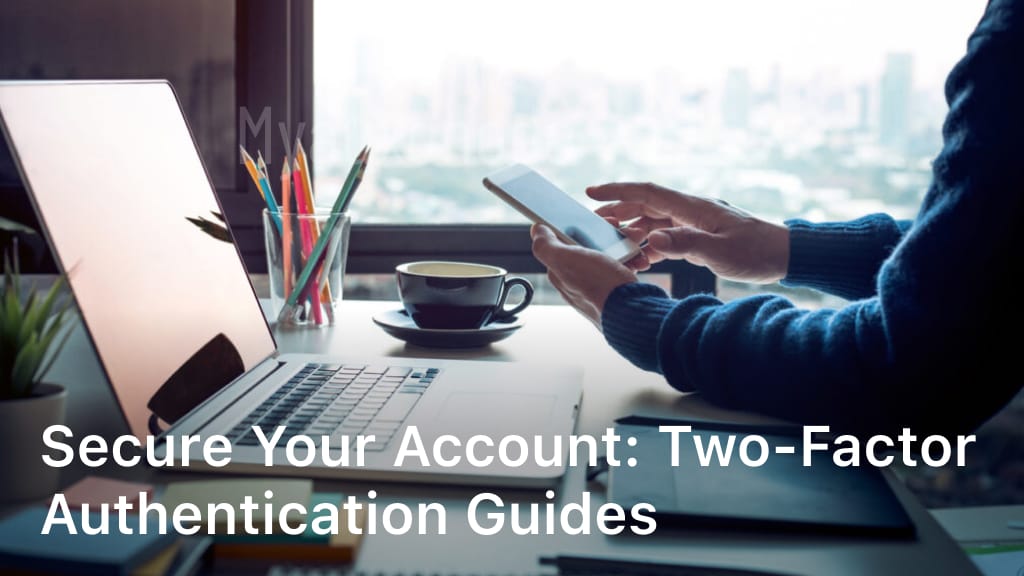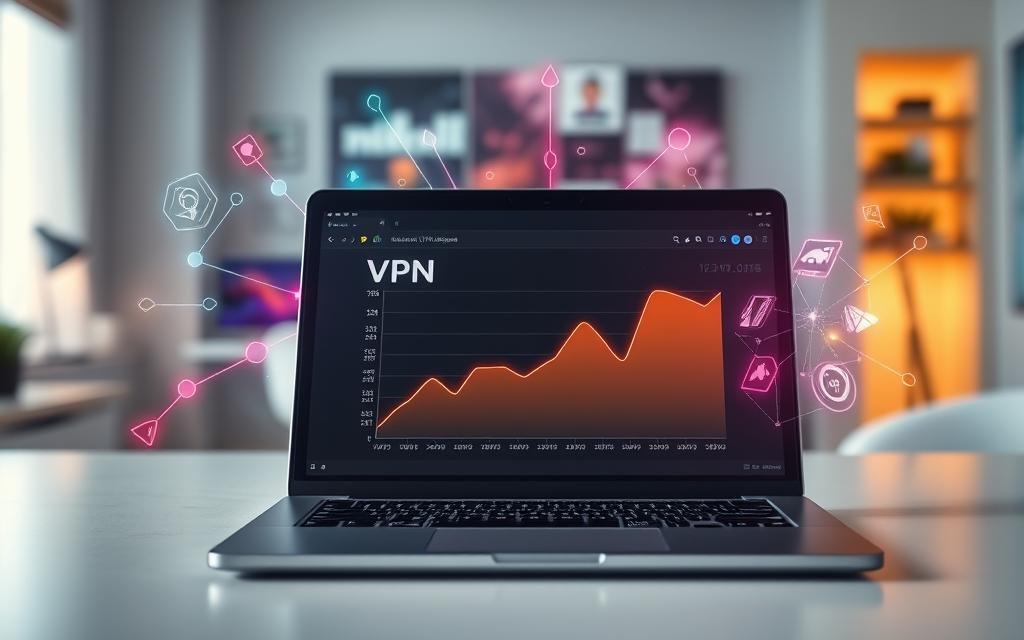Welcome to our comprehensive two-factor authentication guides! In this article, we will explore the best practices for protecting your online accounts with this essential security measure. As cyber threats continue to evolve, it is crucial to take proactive steps to safeguard your sensitive information. Two-factor authentication adds an extra layer of security to your accounts, reducing the risk of unauthorized access. By requiring an additional verification step, such as a unique code sent to your smartphone, it ensures that even if someone obtains your password, they still cannot gain access without the second factor. Throughout this series of guides, we will walk you through the process of setting up two-factor authentication step by step on various platforms and services. From email and social media accounts to online banking, we’ve got you covered. Furthermore, we will explore different secure two-factor authentication methods, providing a comprehensive understanding of how each method works and their strengths and weaknesses. Armed with this knowledge, you can make informed decisions on the best method for your needs. Using two-factor authentication effectively is essential to maximize its security benefits. That’s why we will share expert tips and guidelines to help you avoid common pitfalls and challenges. By following these tips, you can ensure a seamless and secure experience. If you’re new to two-factor authentication, don’t worry. We have a section dedicated to beginners, where we will explain the importance of adopting this security measure and highlight the potential risks of not doing so. We want to empower you with the knowledge needed to protect your accounts and personal information. In conclusion, with our comprehensive guides and best practices, you can confidently implement and utilize two-factor authentication to secure your online accounts. Let’s take control of our digital security and enjoy peace of mind! How to Set Up Two-Factor Authentication Setting up two-factor authentication is a simple yet effective way to protect your online accounts from unauthorized access. In this section, we will guide you through the step-by-step process of enabling this additional layer of security on various platforms and services. Follow these instructions to ensure your accounts are safeguarded. Step 1: Choose a Two-Factor Authentication App Start by selecting a reputable two-factor authentication app that is compatible with your device and supports the services you want to secure. Popular options include Google Authenticator, Authy, and LastPass Authenticator. Download and install the chosen app from your device’s app store. Step 2: Enable Two-Factor Authentication on Your Account Go to the security or account settings section of the platform or service you want to enable two-factor authentication for. Look for the option to enable two-factor authentication and click on it. Choose the app-based authentication method and select the option to set it up. A QR code or a secret key will be provided. Step 3: Connect the Two-Factor Authentication App Open the two-factor authentication app you downloaded in step 1. Scan the QR code using the app’s scanner or enter the secret key manually. Your account will be added to the app, and a time-based one-time password (TOTP) will be generated. Step 4: Verify and Save Backup Codes Enter the generated TOTP code into the platform or service’s confirmation field and click verify. Once verified, the two-factor authentication setup process is complete. It is advisable to save the backup codes provided by the platform or service in a secure location. These backup codes can be used to access your account if you lose access to your two-factor authentication app. By following these simple steps, you have successfully set up two-factor authentication for your account. Enjoy the added security and peace of mind that comes with knowing your online accounts are well-protected. Secure Two-Factor Authentication Methods Two-factor authentication (2FA) is an essential security measure that adds an extra layer of protection to your online accounts. By requiring users to provide two separate forms of verification, 2FA significantly reduces the risk of unauthorized access. In this section, we will explore different methods of two-factor authentication and explain how they work, allowing you to choose the most secure option for your accounts. Text Message (SMS) Verification One of the most common methods of two-factor authentication is SMS verification. When you enable this option, a unique code is sent to your mobile device via SMS. You then enter this code on the login page to complete the authentication process. While SMS verification is convenient, it is important to note that it relies on the security of your mobile network, making it vulnerable to SIM swapping attacks. Time-Based One-Time Passwords (TOTP) Another popular method of two-factor authentication is time-based one-time passwords (TOTP). With TOTP, a unique temporary code is generated on your mobile device using an authenticator app. This code refreshes every 30 seconds, providing an additional layer of security. TOTP is widely supported by various platforms and services, and it is not reliant on mobile networks, making it more secure than SMS verification. Hardware Tokens For those seeking the highest level of security, hardware tokens offer a robust solution. These physical devices generate unique codes that are used for authentication. Hardware tokens are not reliant on mobile networks or devices, making them immune to SIM swapping and malware attacks. However, they may require an initial investment and are typically used by organizations that prioritize top-level security. Biometric Authentication Biometric authentication utilizes unique physical characteristics, such as fingerprints or facial recognition, to verify your identity. While this method adds convenience and eliminates the need for remembering passwords or carrying tokens, it may not be as secure compared to other methods. Biometric data can be compromised or duplicated, posing potential risks to your accounts. When implementing two-factor authentication, consider the strengths and weaknesses of each method. It is crucial to select a secure method that suits your needs and provides an additional layer of protection for your valuable online accounts. Tips for Using Two-Factor Authentication Effectively As you delve into the world of two-factor authentication, it’s important to familiarize yourself with some expert tips





